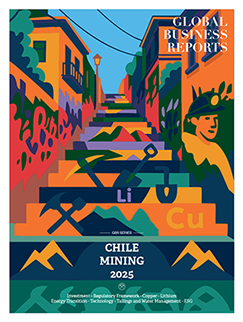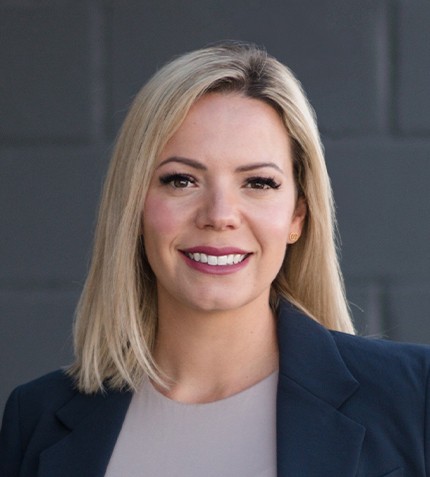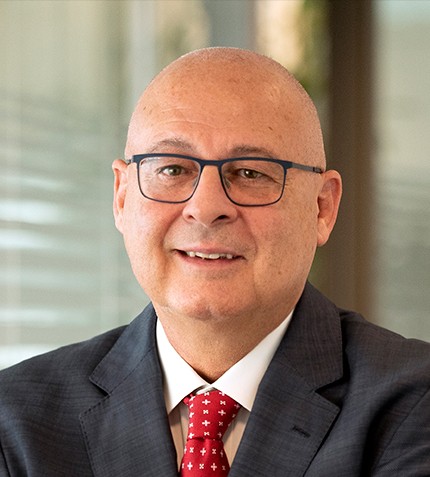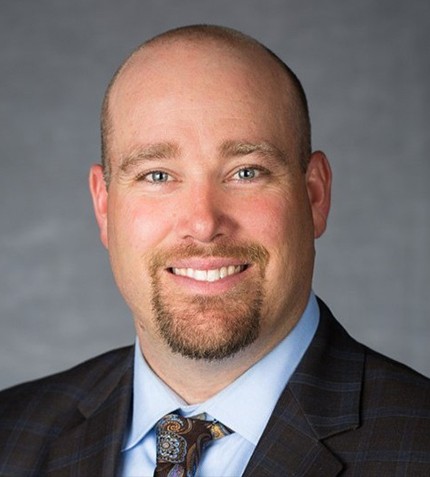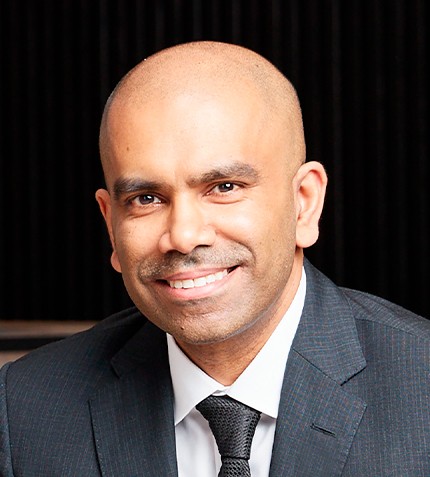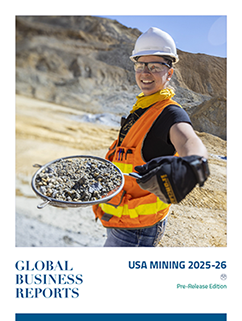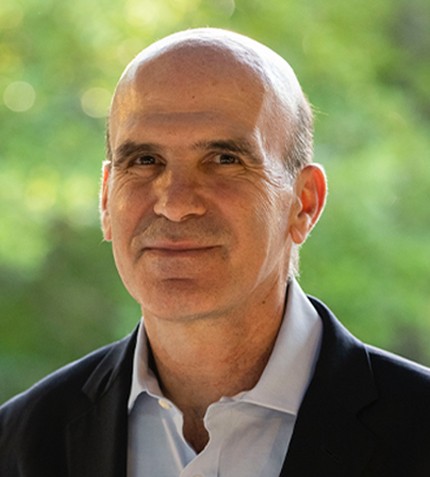
"We aim to ensure every recovered material has a designated use — mill balls for reuse, metal scrap for foundries, and clean minerals for continued processing."
RELATED PUBLICATION
Philippe Hemmerdinger
CEO, TECNOLOGÍA EN TRANSPORTE DE MATERIALES (TTM)
Can you give us an update on TTM and your operations?
At TTM, we operate three main business lines: product distribution, projects, and services. In product distribution, we supply conveyor components and industrial solutions, including conveyor belts from Continental and other manufacturers, rollers and pulleys from the Rulmeca Group in Europe, Scrapers from Starclean, magnets and sorting equipment from Steinert, and many others. This segment represents approximately one third of our total revenue.
In projects, our primary focus is on dust control, transport systems and others. We are currently completing two major projects in Radmir Tomic for oxide and sulfur crushers. Our approach suppresses dust instead of merely absorbing it, achieving over 90% efficiency in removing PM10 particles, ensuring compliance with air quality regulations. Dust control has become an urgent priority, particularly in regions like Sierra Gorda, where environmental regulations are stringent. Our expertise lies in designing dust suppression systems for transfer points and compact units for conveyor belts and underground applications.
In services, we hold a key contract with Chuquicamata, where we manage the maintenance of conveyor belts in both the open-pit and underground mines. This includes working on some of the strongest and most demanding conveyor belts in the world.
We have a team of nearly 400 employees, with operational branches in Chile, Peru and Bolivia.
Can you tell us about the Footprint Alliance collaboration and its significance in the mining industry?
During Covid, we partnered with ME Elecmetal, which supplies mill balls for SAG mills. They needed a solution to recover used mill balls that degrade in diameter but remain usable, but contaminated with metal scrap and magnetite. Since we specialize in sorting and separation equipment, we collaborated to form Footprint Alliance and invested nearly US$6 million in a pilot plant in Nogales, 100 km north of Santiago. We have been operating for a year, receiving materials from various mines. We recently secured a contract with Teck Carmen de Andacollo to clean 13,000 tons of contaminated mill balls, expecting to recover 30-40% for reuse. Our process separates usable mill balls, metal scrap, and clean minerals. Previously, this work was done manually, but our automated plant requires only four people to operate. In October, we secured a CORFO award, receiving CLP$3 billion in subsidies. We are investing another US$2 million to scale this project into an industrial process.
How does Footprint Alliance fit into mining’s future technological transformation?
We aim to ensure every recovered material has a designated use — mill balls for reuse, metal scrap for foundries, and clean minerals for continued processing. We plan to integrate crushing and processing within our facility to maintain a steady material flow. Instead of selling standalone equipment, we offer both the equipment and service to guarantee continuous operations.
Given the trends in mining expansion and declining ore grades, how will this impact TTM’s business?
As ore grades decline, more material must be moved to maintain production levels, increasing conveyor wear, rollers, and system expansions. While greenfield projects are limited, brownfield expansions remain strong. We aim to maintain our service sector while focusing on secondary mining. Chile has over 50 million tons of recoverable copper in dump sites and tailings. While Chile's market share in global production has dropped from 32% to 20% in a decade, secondary mining presents a significant opportunity. Footprint Alliance plans to finance and operate plants, providing full-package solutions rather than just equipment.
What do you hope for from Chilean government regulations in mining?
We must learn from global examples like Germany, where rapid energy transitions caused setbacks. While sustainability is essential, change must happen gradually to maintain competitiveness. Excessive taxation, royalties, and bureaucracy slow down growth. Mining companies need stability and efficiency rather than excessive legal and regulatory burdens. Chile must balance environmental concerns with economic sustainability, ensuring growth without overburdening industries.
What are TTM's plans for 2025, and what goals do you have moving forward?
For 2025, we plan to reinforce our team, focusing on training and equipping them with the tools to handle our rapid growth. We aim to explore AI, which is new to our market, and integrate it into our operations. We will continue expanding our projects, delivering quality results, and maintaining our reputation for efficiency and competitiveness. Our goal is steady, responsible growth while providing excellent service.




